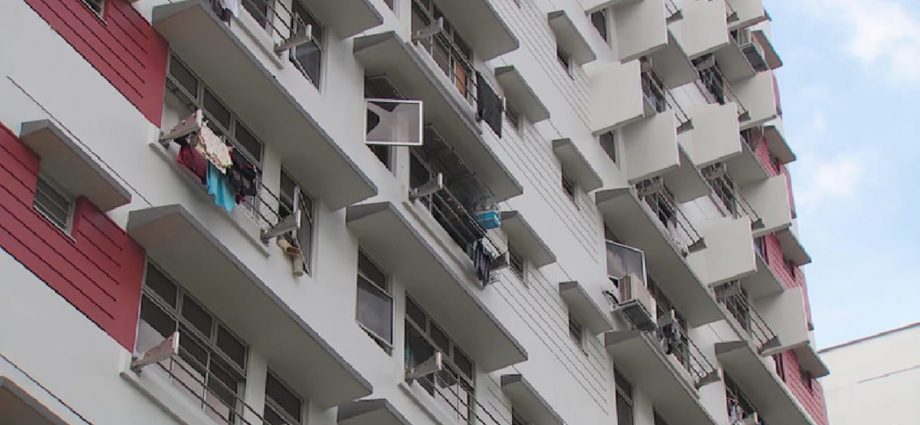
HIGH RENT, LIMITED FLAT SUPPLY SQUEEZING OPERATORS
However, plans to scale up are being stymied by rising costs.
Singapore’s rental prices have been soaring over the last few years. Overall, HDB rentals grew 27.5 per cent year on year.
Renting a four-room flat in a neighbourhood such as Hougang, for instance, can easily cost at least S$4,000 a month.
Higher utility costs are also a problem, said observers.
Social service agency Fei Yue Community Services, which runs a government-subsidised assisted-living concept known as the Senior Group Home, said rising utility costs means they may have to increase the rent.
Tenants under this model currently pay up to S$200 a month after government subsidies.
The Senior Group Home aims to enable seniors aged 60 and above to co-reside independently in designated HDB flats retrofitted with elder-friendly features.
“There’s a care coordinator who goes up once or twice a day to take basic health monitoring, such as blood pressure and temperature. And for those residents that need it, we can also arrange for meals on wheels, home personal care or laundry service,” said Ms Qian Leung, care coordinator at Fei Yue Community Services.
“When the residents need to go for a medical appointment, we also arrange for medical escort transport for them.”
One expert believes the demand for such assisted living arrangements will go up, but called for guidelines when there are more players in the market.
Professor Sumit Agarwal, head of the real estate department at the National University of Singapore, said: “I think the private sector may try to do it better, cater better, but obviously they are in the business of making money. So we will see. I mean, we know private sectors do things better, more efficiently, but we just don’t want them to get greedy on the backs of the elderly.
“So hence, I say it should be allowed for the private sector to be in this area, but there should be some regulation, in terms of the space they provide, in terms of the care they provide, the quality of care and that could be monitored and regulated.”

